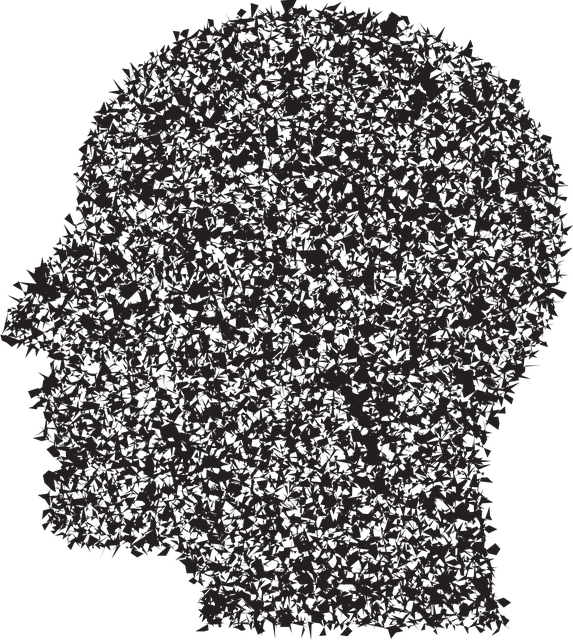Media representation of mental health profoundly influences societal perceptions, particularly within Russian-speaking communities, where barriers like stigma and misinformation impede access to therapy. To empower these audiences, media platforms should showcase resilient individuals and share personal stories, coupled with accessible information and mental wellness journaling exercises. Collaboration between media and mental health professionals ensures accurate, empathetic storytelling that promotes help-seeking behaviors. Additionally, providing resources for Therapy for Russian Speaking populations can prevent burnout, foster understanding, and encourage open conversations about emotional well-being.
Mental illness representation in media plays a pivotal role in shaping public understanding, particularly within Russian-speaking communities. This article delves into the profound impact of media portrayal on mental health awareness among this demographic and offers therapeutic approaches to challenge negative stereotypes. We explore how accurate and healing media narratives can empower Russian-speaking individuals, fostering better access to care. By implementing specific strategies, we aim to enhance positive mental illness representation, ultimately improving support systems for those seeking therapy in Russian-speaking contexts.
- Understanding the Impact of Media Portrayal on Mental Health Awareness Among Russian Speakers
- Therapeutic Approaches to Enhance Positive Mental Illness Representation in Media
- Empowering Russian-Speaking Communities through Accurate and Healing Media Narratives
Understanding the Impact of Media Portrayal on Mental Health Awareness Among Russian Speakers

The media plays a powerful role in shaping societal perceptions, especially when it comes to sensitive topics like mental health. For Russian-speaking communities, accurate and empathetic representation in media can significantly impact mental health awareness and encourage help-seeking behaviors. Unfortunately, stereotypes and misconceptions have long pervaded portrayals of mental illness, leading to potential harm and barriers to access for this demographic.
Russian speakers often face unique challenges when navigating mental health support, including language barriers and a lack of culturally sensitive resources. Positive media representation can bridge these gaps by promoting understanding, reducing stigma, and encouraging conversations around mental wellness. By showcasing resilient individuals, sharing personal stories, and providing accessible information, media platforms can foster an environment that supports therapy and encourages those struggling to seek help. This is where mental health policy analysis and advocacy becomes crucial, ensuring that media content aligns with evidence-based practices and contributes to building resilience within these communities.
Therapeutic Approaches to Enhance Positive Mental Illness Representation in Media

Media has a significant impact on shaping societal perceptions of mental illness. Therapeutic approaches can play a crucial role in enhancing positive representation and challenging stigmatization. One effective strategy is to involve professionals who specialize in mental health, such as therapists, in the scriptwriting process. These experts can ensure that stories are accurate, sensitive, and empowering, providing valuable mind over matter principles that resonate with audiences.
Additionally, encouraging mental wellness journaling exercises within media platforms can offer a safe space for viewers to reflect on their experiences and connect with characters’ journeys. By integrating these activities, media can facilitate conversations about mental health, foster empathy, and inspire viewers to seek support or initiate self-self-care routine development for better mental health. This collaborative approach has the potential to revolutionize how mental illness is portrayed, making it more relatable and less intimidating for Russian-speaking audiences who often face unique cultural barriers in accessing appropriate therapy for Russian speaking communities.
Empowering Russian-Speaking Communities through Accurate and Healing Media Narratives

In many societies, including those with significant Russian-speaking populations, mental illness is often shrouded in stigma and misinformation. This can make it challenging for individuals to seek help and support, especially when they speak a language that may limit their access to accurate information and suitable therapy options. Empowering these communities through media narratives that promote healing and mental health awareness is a powerful strategy. By representing mental illness accurately and providing insights into effective conflict resolution techniques, media can play a pivotal role in breaking down barriers.
Russian-speaking communities, like many others, often face unique challenges when it comes to mental health. Accessible resources for therapy for Russian speaking individuals are essential in addressing burnout prevention and fostering open discussions about emotional well-being. Media platforms have the potential to fill this gap by offering stories that reflect diverse experiences while promoting practical solutions. Through compelling narratives, these communities can gain a deeper understanding of mental illness, encouraging early intervention and better coping strategies.
Mental illness representation in media plays a pivotal role in shaping public understanding, especially within Russian-speaking communities. By addressing the impact of current portrayals and implementing therapeutic approaches, we can foster more accurate and positive narratives. Empowering these communities through healing media stories is a crucial step towards improving mental health awareness and support systems. Therapeutic interventions tailored to this demographic, as discussed, offer promising solutions for challenging negative stereotypes. This holistic approach ensures that Russian speakers receive the appropriate therapy while also shaping a more inclusive and supportive media landscape.














